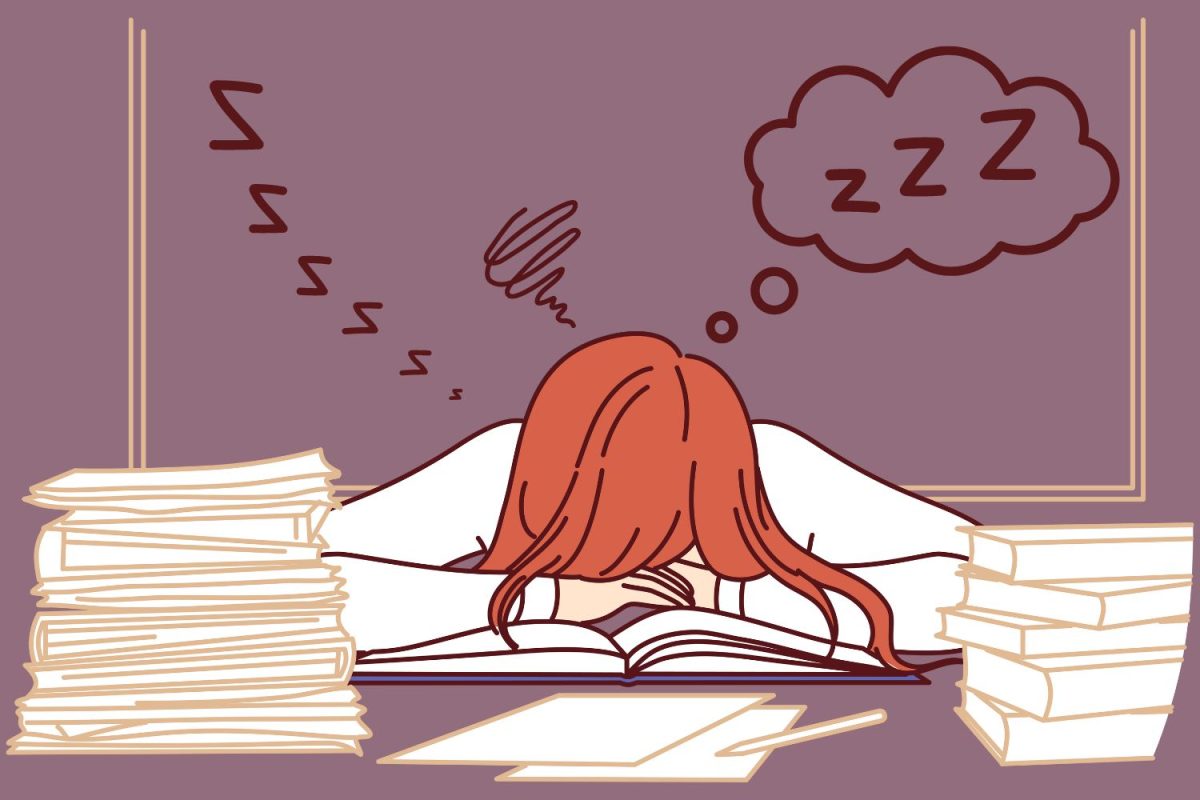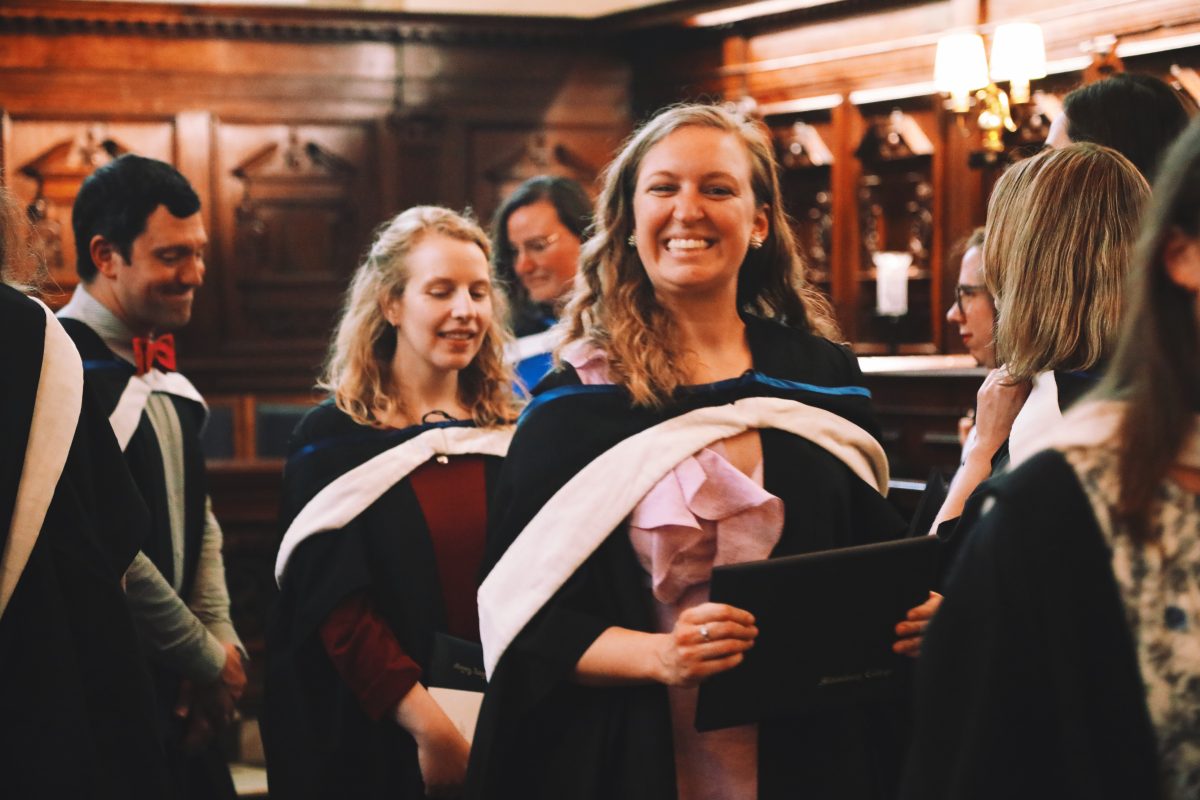Aamir Jumani (’14) attended a public school in California before he came to ASL, where he said he was used to not trying hard and still achieving the grades he wanted. “My work ethic was awful compared to the other ASL students [when I arrived],” he said. “I was used to doing the bare minimum of the work and still getting a good grade.”
At ASL, he felt that his former study habits were no longer adequate. “When I came here in my first semester I struggled. But it’s good because I’ve developed this work ethic and now I enjoy what I’m doing rather than before, when I was doing it as if it was a chore. Now I want to learn,” he said.
Principal Jack Phillips believes that there is no clear cut dichotomy between a public and a private education. Phillips believes that when students are around other motivated, highly intelligent college-bound students, they tend to perform better. “That’s a demonstrated fact and private schools like [ASL] tend to attract a critical mass of those kinds of students. So by coming here, you’re pushed to do even better academically,” Phillips said.
Phillips believes students attending a private school are often not exposed to a variety of socio-economic backgrounds. “The biggest downside is that these communities [like ASL] tend to be self-selecting. They tend not to reflect the broader diversity of larger communities, or even of the world, and that in and of itself doesn’t always best prepare students for the kind of world they are going to enter,” he said.
In terms of diversity, new student Isabel Daly (’15) said, “I feel like there was an economic diversity at my old school which is not present here.”
Social Studies Teacher Becky Mason, who attended ASL as a high school student, has previously worked in a public school, and agrees with Daly’s diversity observation. “I was in a wealthy town in Massachusetts, so the biggest difference wasn’t the different racial mixture… it was the economic difference,” she said. “In a private school like ASL there are quite a lot of different backgrounds with people coming from the Middle East, Latin America, and Asia.”
Phillips recognizes that a public school can also better help prepare students for the outside world. “The best part about a public school – in an ideal setting – is that they can reflect the diversity of the American or international community in which they exist, those communities that better reflect the world in which they are going to enter,” he said.
Daly, who used to attend public school, also agrees that there is no clear distinction and that the two are sometimes incorrectly stereotyped. “I really enjoyed my public education experience. I think there’s sort of the stigma that public education isn’t as good as private education and that’s really false,” she said.
Upon arriving at ASL, Daly was surprised by some aspects of the school. “I don’t think its necessarily due to how private school is, but I think I wasn’t used to the laid-back feeling that I get in all my classes. In one class we spent 10 minutes talking about what we had for breakfast,” she said.
In terms of teaching style, Mason prefers the freedom that a private school offers. “I think as a teacher it would be difficult to go back to public school mainly because I think teaching classes of 30-35 students would be really tiring. I just wouldn’t feel like I would be able to do the things I do with [students] in a class like that.” she said.
Director of Curriculum and Instruction Roberto d’Erizans agrees that private schools give teachers more liberty. “Here we could say, ‘Oh wow, that’s a really cool piece of research. We can apply this tomorrow,’”he said. “We have that freedom.”
Jumani feels that ASL is worth the high tuition cost due to its academic rigor and college preparation. “The fact that since there’s a lot of money you have the means to learn. You have everything you need: Computers, WiFi, the library. Everything works,” he said.
Unlike at his public school, Jumani feels that ASL will prepare him for college both in his classes and by working closely with his college counselor. “[At public school] they didn’t really encourage you to push yourself as much,” he said.
Philips believes that the major difference comes from the type of mission statement that a public school has. “The advantage of the public school system in general is the statement that it is both a government and society’s obligation to educate its young and that by providing this basic right that we are interested in students of all kinds coming together learning to work together, in a plurality and to continue to contribute to a larger society,” he said.
laura_galligan@asl.org







